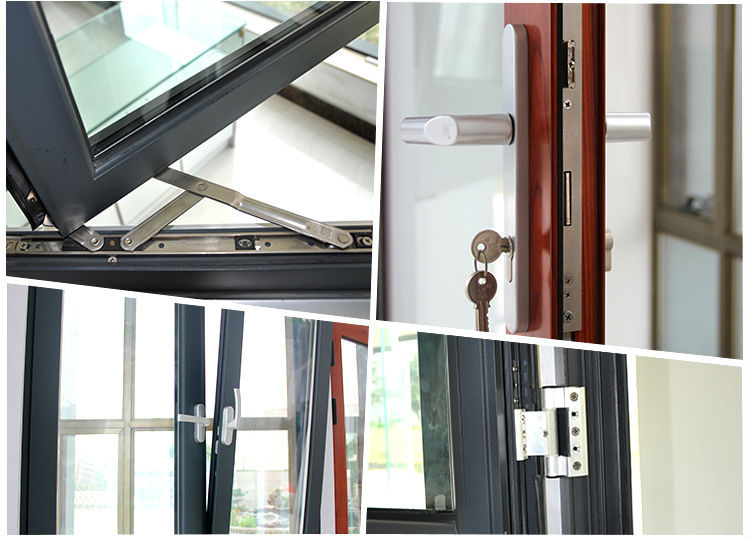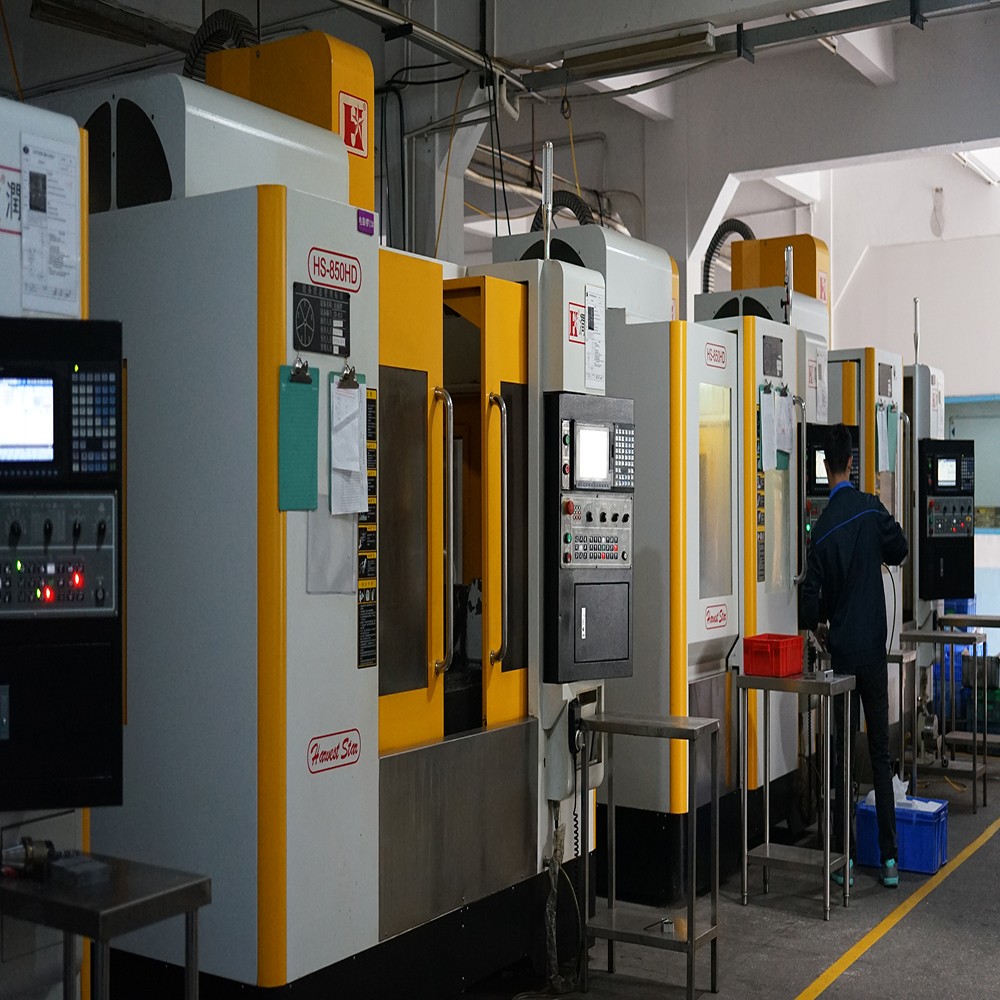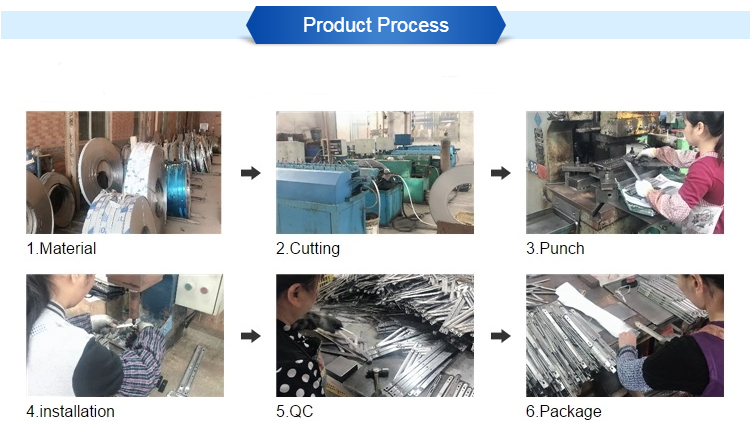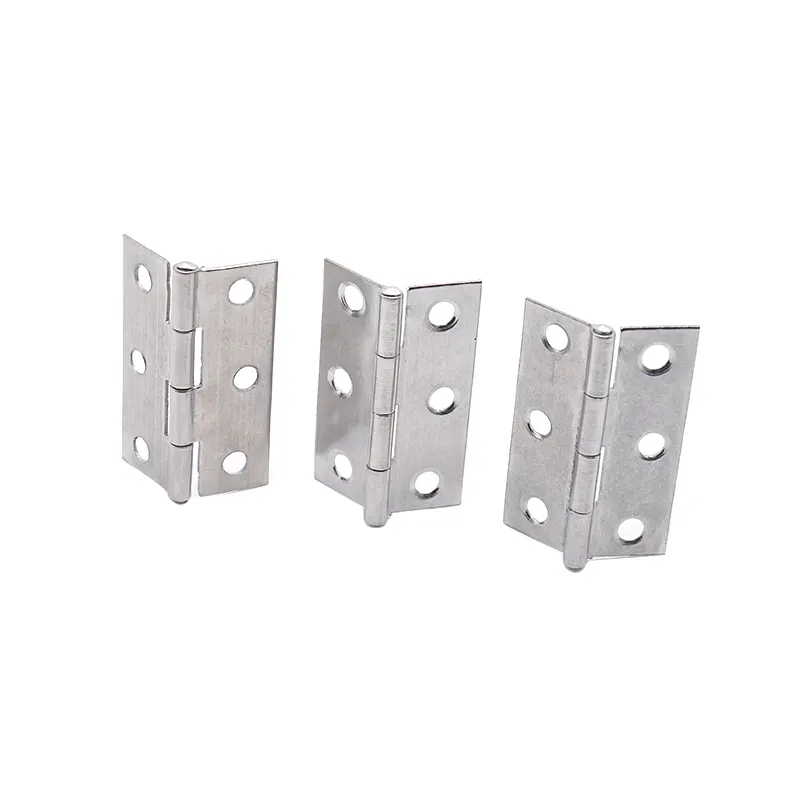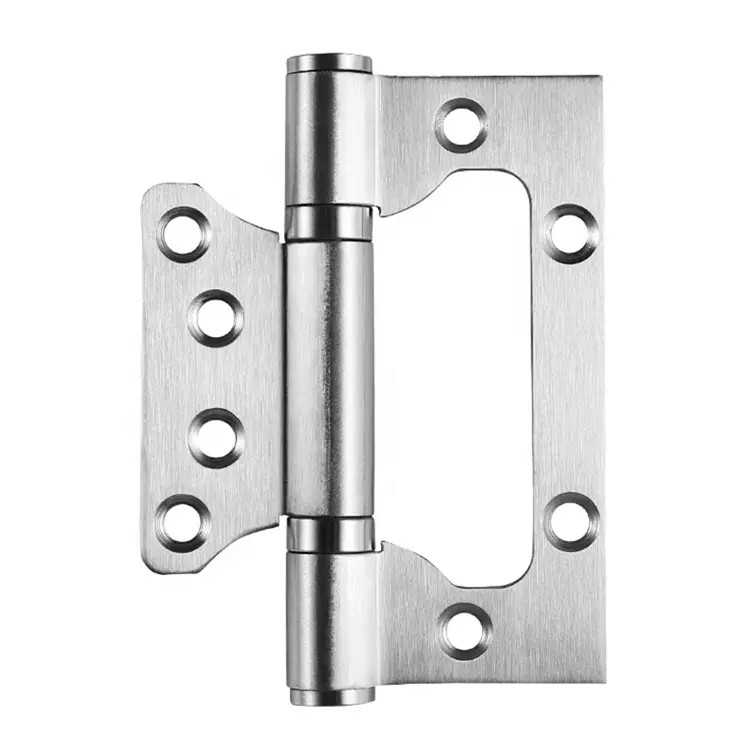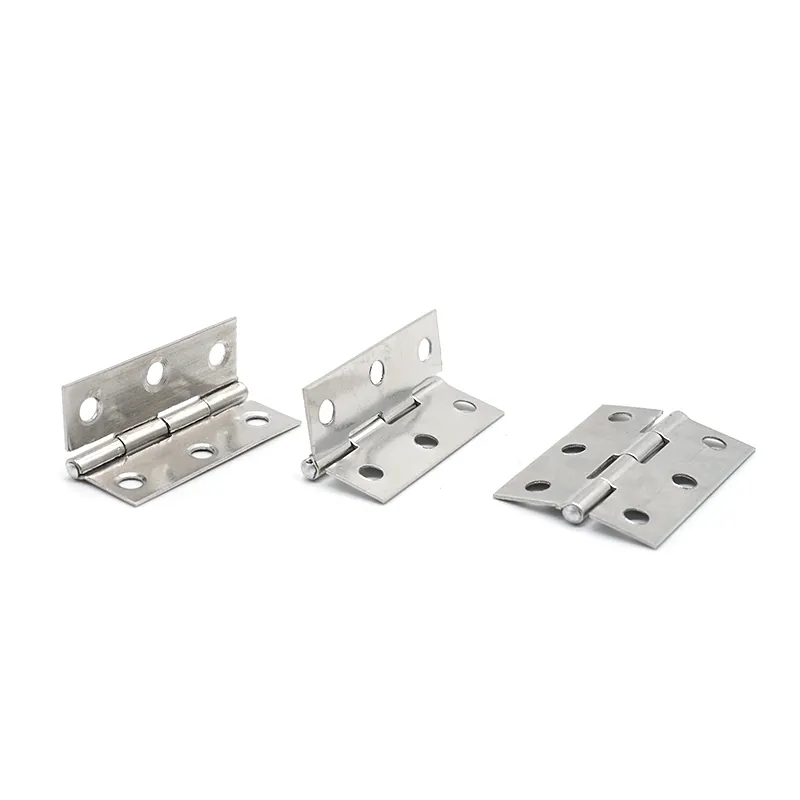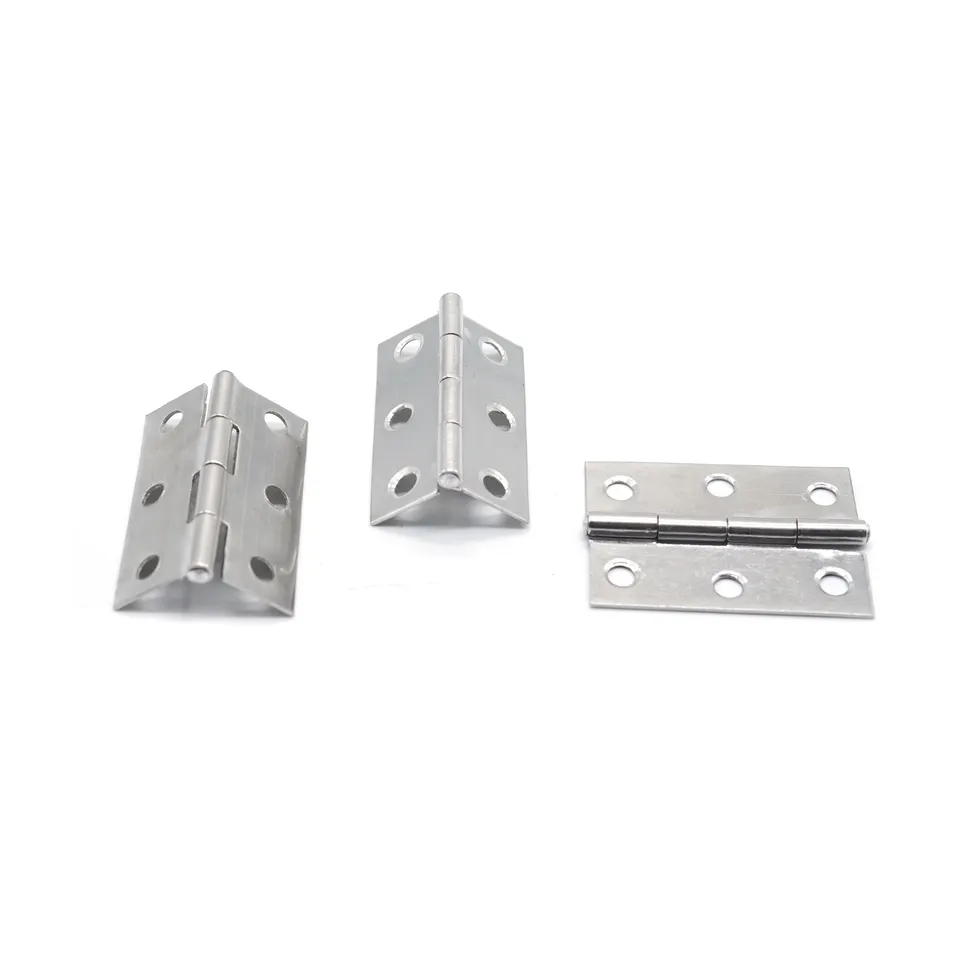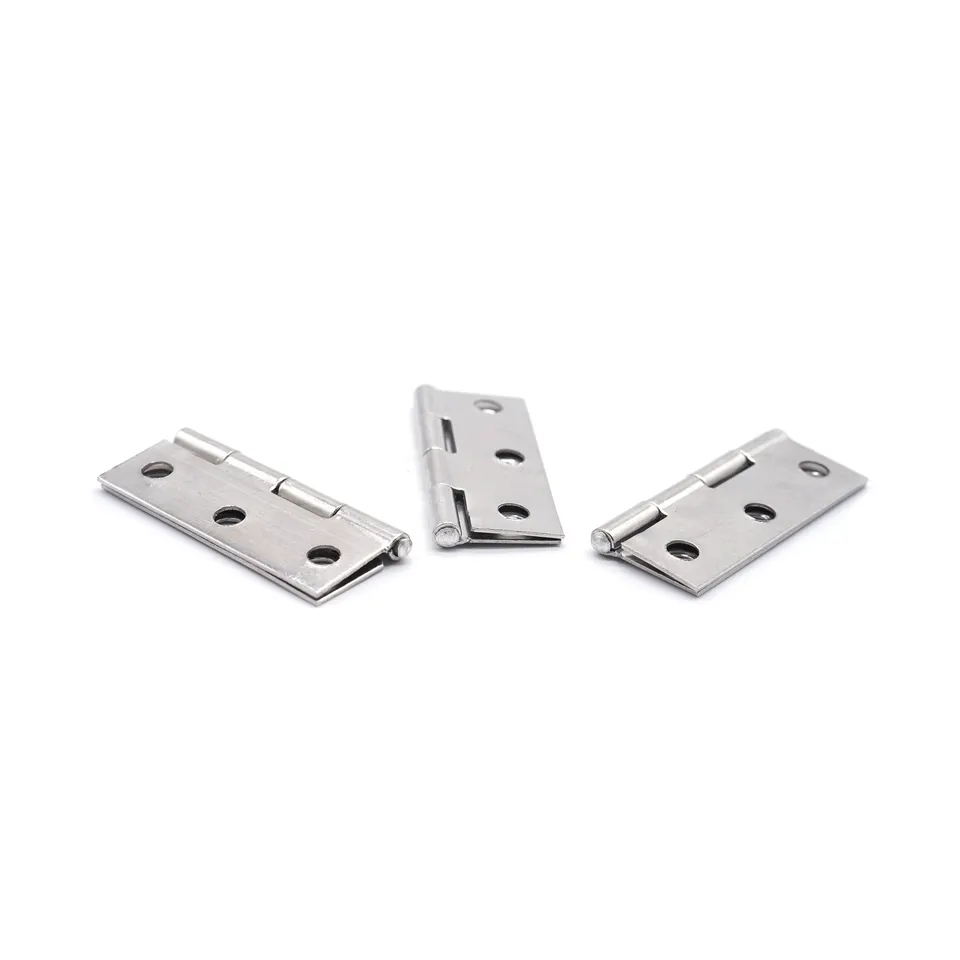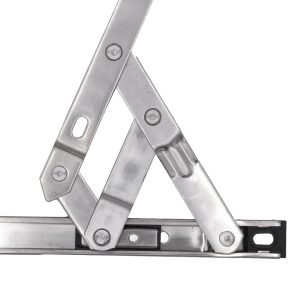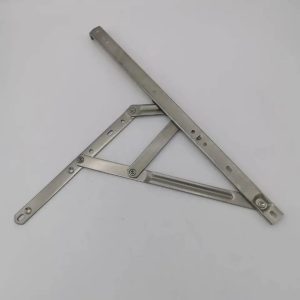Elevating Security and Comfort: The Evolution of Window Hinges
Introduction
Window hinges have evolved significantly over time, from simple mechanical components to sophisticated systems that enhance both security and comfort in modern buildings. This article explores the evolution of window hinges, highlighting their role in ensuring safety, improving energy efficiency, and contributing to architectural aesthetics.
Historical Perspective
Historically, window hinges primarily served the purpose of enabling windows to open and close. Early designs were often basic pivot hinges, allowing windows to swing open on a single axis. As architectural styles evolved, so did hinge designs, incorporating decorative elements that matched the era’s aesthetics.
Security Enhancement
In contemporary times, window hinges have become integral to enhancing building security. Security hinges, featuring tamper-resistant designs and advanced locking mechanisms, prevent unauthorized access through windows. This is particularly crucial for ground-level windows and those in commercial spaces, adding an extra layer of protection against break-ins.
Energy Efficiency and Sustainability
The quest for energy-efficient buildings has led to the development of hinges that contribute to improved insulation and reduced heat transfer. Thermal-break hinges, constructed with insulating materials, minimize heat loss through the hinge area, thus supporting energy conservation efforts. This innovation aligns with the growing emphasis on sustainable architecture.
Innovative Opening Mechanisms
Modern window hinges offer diverse opening mechanisms that cater to different user preferences and needs. Tilt-and-turn hinges, for example, allow windows to be tilted inward for controlled ventilation or turned open for full access. These versatile hinges offer a balance between security, ventilation, and ease of cleaning.
Acoustic Performance
As urban environments grow noisier, architects are incorporating acoustic considerations into their designs. Acoustic hinges, designed to reduce noise infiltration, aid in creating tranquil indoor spaces. By minimizing sound transmission through window openings, these hinges contribute to a more peaceful and comfortable living or working environment.
Integration of Smart Technologies
The digital age has ushered in smart technologies that have now made their way into window hinges. Smart hinges can be integrated into building management systems, allowing users to remotely control window operation, monitor security, and adjust ventilation settings. This integration enhances user convenience and energy efficiency.
Architectural Harmony
Beyond their technical functions, modern window hinges contribute to architectural harmony. Architects can choose hinges that align with the building’s design theme, whether it’s sleek and contemporary or ornate and traditional. Concealed hinges, for instance, ensure that the visual focus remains on the architecture rather than the hardware.
Conclusion
The evolution of window hinges underscores their transformative impact on architecture, security, energy efficiency, and user experience. From basic mechanical components to multifunctional systems, window hinges have emerged as vital elements that bridge the gap between aesthetics and functionality. As innovation continues to shape the construction industry, window hinges are likely to keep evolving, ensuring that buildings offer the highest levels of security, comfort, and sustainability.
